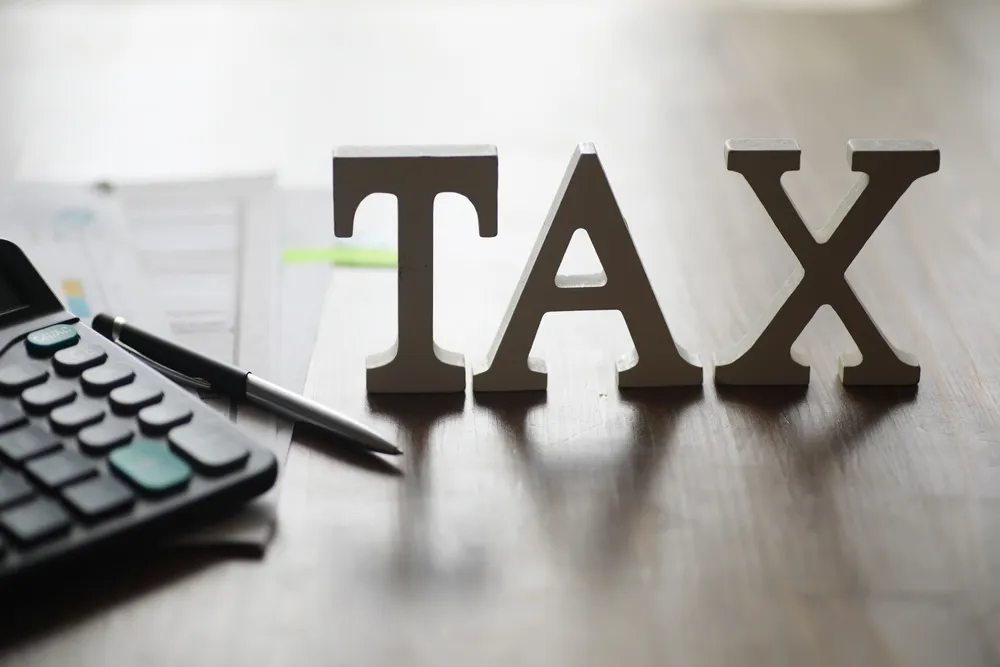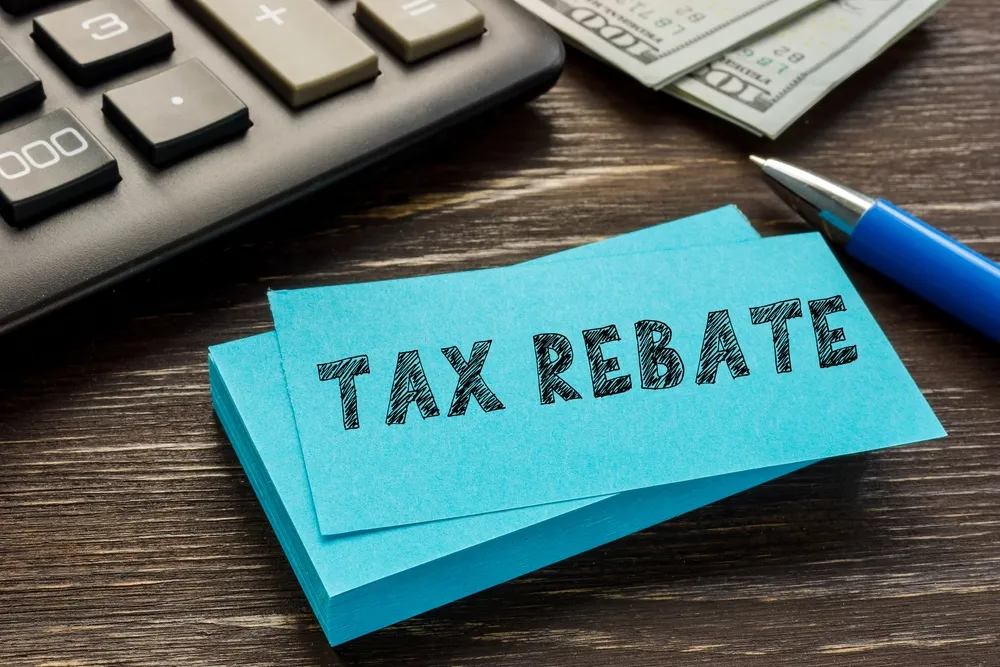Personal Finance News
Explained: Changes in new tax regime slabs, rates, exemptions, and standard deductions from 2020 to 2025

4 min read | Updated on February 05, 2025, 15:20 IST
SUMMARY
In Budget 2023-24, the Government introduced the income tax rebate in the new tax regime, allowing resident individuals with total income up to ₹7 lakh to pay zero tax. In the Budget 2025-26, it has been proposed to increase the rebate so that individual taxpayers do not pay tax till ₹12 lakh income.

The new income tax regime became the default tax regime in Budget 2023-24. | Image source: Shutterstock
The Government of India introduced the New tax regime in Budget 2020-21 to make it easy for complying with income tax provisions. It also aimed to provide tax relief to the middle-class taxpayers.
Till now, about 75% of taxpayers have opted for the new tax regime, according to the finance ministry, thanks to the many changes announced by the the government from time-to-time.
This article explains how new regime has transformed in a quick time since its introduction.
Increase in basic exemption limit
The new tax regime introduced in Budget 2020-21 had a basic exemption limit of ₹2.5 lakh, which was increased to ₹3 lakh in Budget 2023-24. In Budget 2025-26, the basic exemption limit has been proposed to be increased to ₹4 lakh.
Rebate under section 87 A
With the proposed change in Budget 2025, around one crore taxpayers, who were earlier required to pay tax varying from ₹20,000 to ₹80,000 will be now paying ‘Nil’ tax, according to the Ministery of Finance.
The tax-free income limit will be ₹12.75 lakh for salaried tax payers, due to standard deduction of ₹75,000.
Reduction in tax rates
There has been a continuous decrease in the personal income tax rates in various income slabs since the introduction of new tax regime. In Budget 2025-26, it has been proposed that the higher tax rate at 30% will be applicable to income above ₹24 lakh.
| Taxable income slab (₹) | Tax rates under new regime |
|---|---|
| Upto 2,50,000 | Nil |
| From 2,50,001 to 5,00,000 | 5% |
| From 5,00,001 to 7,50,000 | 10% |
| From 7,50,001 to 10,00,000 | 15% |
| From 10,00,001 to 12,50,000 | 20% |
| From 12,50,001 to 15,00,000 | 25% |
| Above 15,00,000 | 30% |
| Taxable income slab (₹) | Tax rates under new regime |
|---|---|
| Upto 3,00,000 | Nil |
| From 3,00,001 to 6,00,000 | 5% |
| From 6,00,001 to 9,00,000 | 10% |
| From 9,00,001 to 12,00,000 | 15% |
| From 12,00,001 to 15,00,000 | 20% |
| Above 15,00,000 | 30% |
| Taxable income slab (₹) | Tax rates under new regime |
|---|---|
| Upto 3,00,000 | Nil |
| From 3,00,001 to 7,00,000 | 5% |
| From 7,00,001 to 10,00,000 | 10% |
| From 10,00,001 to 12,00,000 | 15% |
| From 12,00,001 to 15,00,000 | 20% |
| Above 15,00,000 | 30% |
| Taxable income slab (₹) | Tax rates under new regime |
|---|---|
| Upto 4,00,000 | Nil |
| From 4,00,001 to 8,00,000 | 5% |
| From 8,00,001 to 12,00,000 | 10% |
| From 12,00,001 to 16,00,000 | 15% |
| From 16,00,001 to 20,00,000 | 20% |
| From 20,00,001 to 24,00,000 | 25% |
| Above 24,00,000 | 30% |
Increase in standard deduction limit
In the Budget 2023-24, the standard deduction of ₹50,000 was allowed to the salaried persons opting for new tax regime. This limit was increased to ₹75,000 in the Budget 2024-25 (July,2024). Similarly, deduction on family pension for pensioners was enhanced from ₹15,000 to ₹25,000 in the Budget 2024-25 (July,2024).
The government says that increased standard deduction limit in new regime provided relief to about four crore salaried individuals and pensioners.
Exemptions under new tax regime
Taxpayers opting for New Tax regime can also avail benefit of certain exemptions such as leave encashment up to ₹25 lakh, increased deduction of employers contribution under NPS, some allowances received by salaried persons like daily allowance, conveyance allowance etc. and gratuity amount.
Option of tax regimes
The new income tax regime became the default tax regime in Budget 2023-24. However, taxpayers have the option to avail the benefit of the old tax regime. Under the old regime, Individual/ HUF taxpayers can claim exemptions/deductions and have a wide range of tax preferences available to them.
Related News
By signing up you agree to Upstox’s Terms & Conditions
About The Author
Next Story



